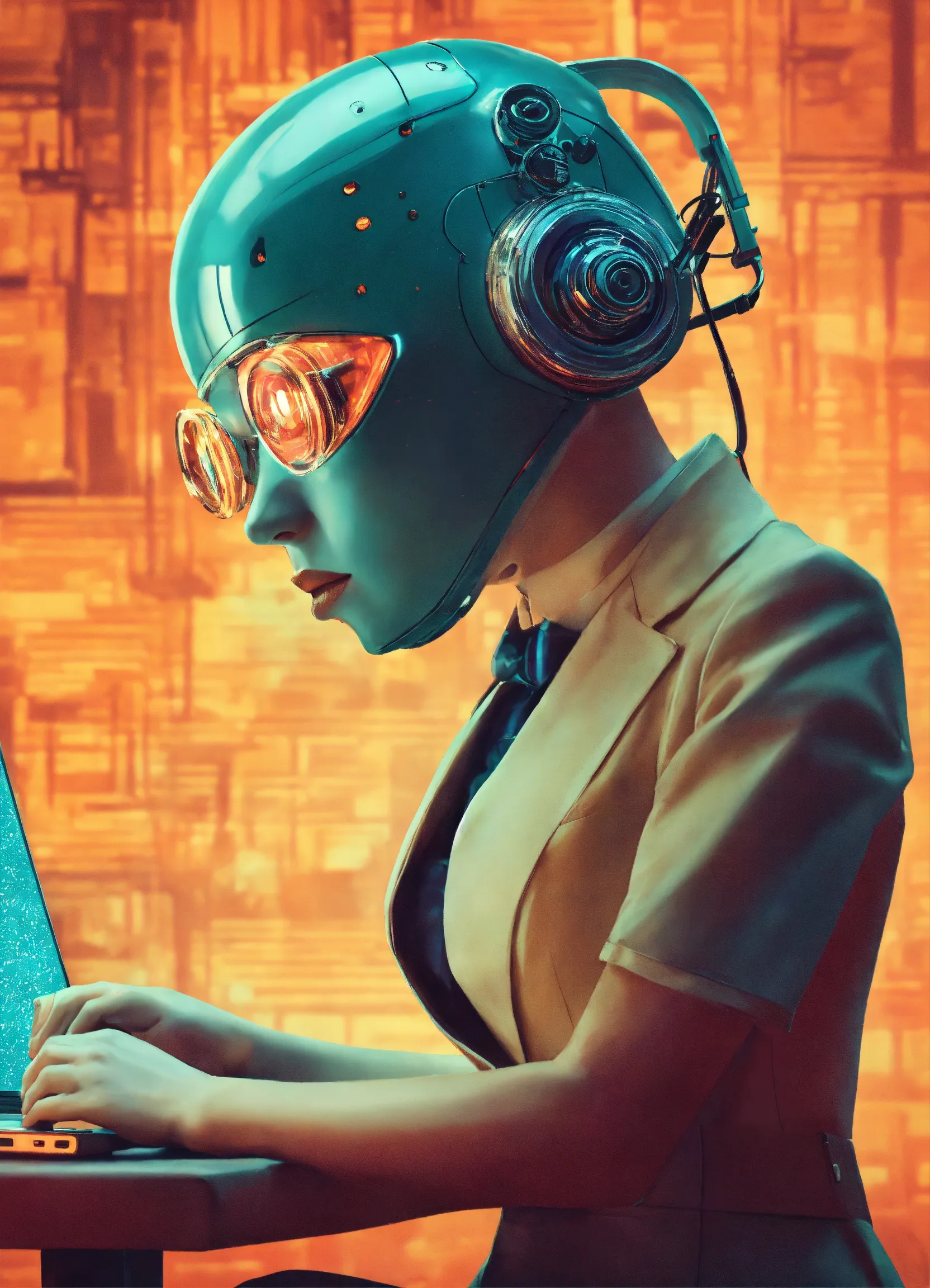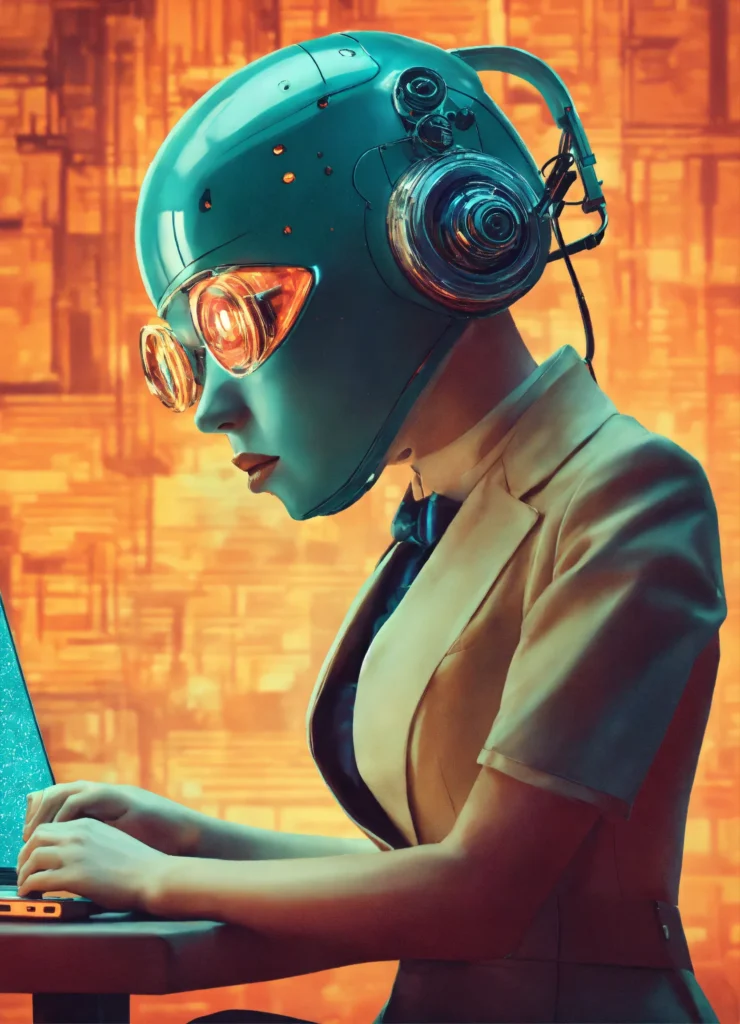
In the heart of Chennai, a city known for its rich cultural heritage and thriving tech ecosystem, an extraordinary story is unfolding. A young, unnamed student—described by those who know them as “brilliant” and “visionary”—is quietly working on a project that could blur the lines between human intelligence and artificial prowess. Their mission? To prepare a humanoid robot, powered by the cutting-edge DeepSeek Large Language Model (LLM), to sit for the Secondary School Leaving Certificate (SSLC) board exams in 2025.
This isn’t science fiction – it’s happening now. And if successful, it could spark a revolution in how we think about education, testing, and even what it means to be “intelligent.”
The Student Behind the Machine
Who is this mysterious innovator? That remains a closely guarded secret. What we do know is that they are driven by a mix of curiosity, ambition, and perhaps a touch of rebellion. The idea seems almost playful at first glance—a robot taking an exam meant for humans—but dig deeper, and you’ll find layers of complexity.
“I wanted to see if AI could go beyond solving equations or answering trivia,” the student reportedly told a close associate. “Could it handle something as nuanced as an SSLC exam? Could it think critically, manage time, and write answers like any other student?”
It’s a question that has intrigued educators and technologists alike for years. But until now, no one had dared to put the theory to the test in such a public and high-stakes way.
Meet the Robot: A New Kind of Exam Candidate
The humanoid robot being developed is no ordinary machine. Standing at roughly five feet tall, with lifelike movements and a sleek design, it looks more like a character from a sci-fi movie than a classroom attendee. Its most remarkable feature, however, lies beneath its metallic skin: the DeepSeek LLM Brain.
DeepSeek’s language model is renowned for its ability to process vast amounts of information, generate coherent responses, and adapt to new situations. In essence, it’s the closest thing we have to a digital brain capable of mimicking human thought processes. For this project, the student has fine-tuned the model specifically for academic tasks, ensuring the robot can tackle everything from algebra problems to essay questions.
But writing an exam isn’t just about knowing the material—it’s also about execution. One of the biggest challenges has been teaching the robot to simulate human handwriting. Using advanced motor controls and machine learning algorithms, the team has trained the robot to write legibly on paper, complete with neat margins and proper spacing. Watching it work is eerily fascinating; the pen moves across the page with precision, each stroke calculated yet fluid.
Why This Matters
At first glance, the idea of a robot sitting for an SSLC exam might seem like a novelty act—a flashy demonstration of technological progress. But look closer, and you’ll see profound implications for the future of education.
Standardized tests like the SSLC are designed to measure not just knowledge but also critical thinking, problem-solving, and communication skills. If a humanoid robot can ace these exams, it raises fundamental questions: Are we underestimating the capabilities of AI? Could machines eventually replace humans in certain educational contexts? Or will this technology serve as a tool to enhance human learning rather than compete with it?
There are ethical considerations too. Would allowing robots to take exams create unfair advantages? Could this lead to a two-tiered system where only wealthy schools or students have access to such advanced tools? These are thorny issues that policymakers and educators will need to grapple with as AI continues to evolve.
Challenges on the Horizon
Of course, the road ahead is far from smooth. For starters, there’s the matter of gaining approval from the board authorities. Convincing officials to let a robot sit alongside human candidates won’t be easy. There are concerns about fairness, transparency, and the potential for technical glitches during the exam.
Then there’s the question of authenticity. Even if the robot performs flawlessly, skeptics may argue that it’s merely regurgitating pre-programmed information rather than demonstrating true understanding. Proving otherwise will require rigorous testing and validation.
Finally, there’s the unpredictable nature of exams themselves. Questions often come with twists and ambiguities that demand creative interpretation. Can a robot navigate these gray areas as effectively as a human? That remains to be seen.
A Glimpse Into the Future
Whether the humanoid robot passes or fails the SSLC exam in 2025, its participation will mark a watershed moment in the history of education. It will force us to confront uncomfortable truths about the role of AI in society and challenge long-held assumptions about intelligence and achievement.
For now, all eyes are on Chennai, where a nameless genius and their robotic creation are rewriting the rules of what’s possible.
As one local educator put it, “This isn’t just about passing an exam. It’s about reimagining the boundaries of human potential—and maybe even pushing them a little further.”
Stay tuned. The next chapter in the story of education might just be written—not by a human hand—but by a robot’s pen.
Source: Read MoreÂ




